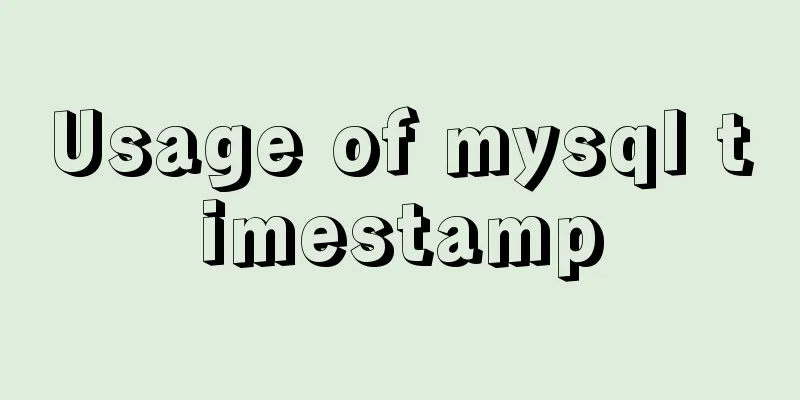Solution to the problem of automatic restoration after modifying server.xml and content.xml in Tomcat

|
Write configuration files in server.xml and content.xml. After restarting the server, you will find that the xml will restore the default settings and all previous configurations will be gone. Reason: When you integrate and add Tomcat in Eclipse, Eclipse will automatically store the Tomcat configuration file. It exists as a project in eclipse, which is our common Servers project package. When the Tomcat server is started in Eclipse, it will automatically publish the projects deployed in Eclipse. However, sometimes we configure these two files externally, and Eclipse only recognizes the projects deployed in it, so it will create a new server.xml file to overwrite the files we configured.
Method 1:Set up Ecplise and cancel the automatic publishing function. Select Window-Preferences-Server-Launching, uncheck Automatically publish on starting servers, and click OK.
Method 2:In the Server project in the Ecplise project, there is a Tomcat v7.0 (3) at localhost-config file There are server.xml and content.xml below, replace them with your modified files. When Tomcat is re-released, the configuration files here will be used to overwrite the files under Tomcat's conf. This is the end of this article about how to solve the problem of automatic restoration after modifying server.xml and content.xml in Tomcat. For more information about how to automatically restore Tomcat after modifying server.xml and content.xml, please search for previous articles on 123WORDPRESS.COM or continue to browse the related articles below. I hope you will support 123WORDPRESS.COM in the future! You may also be interested in:
|
<<: Let's take a look at some powerful operators in JavaScript
>>: 10 Deadly Semantic Mistakes in Web Typography
Recommend
Explanation of the use of GROUP BY in grouped queries and the SQL execution order
In SQL, GROUP BY is used to group data in the res...
How to modify the default encoding of mysql in Linux
During the development process, if garbled charac...
How to create a table in mysql and add field comments
Directly post code and examples #Write comments w...
js detects keywords in the title and description and replaces or jumps to other pages when found
Keywords General The title cannot contain words l...
Centos8 bridge static IP configuration method in VMware virtual machine
1. Make sure the network connection method is bri...
Example code for implementing ellipse trajectory rotation using CSS3
Recently, the following effects need to be achiev...
Weird and interesting Docker commands you may not know
Intro Introduces and collects some simple and pra...
How to use Nexus to add jar packages to private servers
Why do we need to build a nexus private server? T...
Sample code for flask and vue front-end and back-end separation project deployment
I developed a project some time ago. I used the f...
Example code for implementing an Upload component using Vue3
Table of contents General upload component develo...
Tutorial on Installing Nginx-RTMP Streaming Server on Ubuntu 14
1. RTMP RTMP streaming protocol is a real-time au...
Detailed explanation of creating a view (CREATE VIEW) and usage restrictions in MySQL
This article uses examples to describe the creati...
Summary of various methods of MySQL data recovery
Table of contents 1. Introduction 2. Direct recov...
Detailed explanation of adding dotted lines to Vue element tree controls
Table of contents 1. Achieve results 2. Implement...
MySQL 5.7 decompressed version installation, uninstallation and garbled code problem graphic solution
1. Installation of the decompressed version (1). ...











